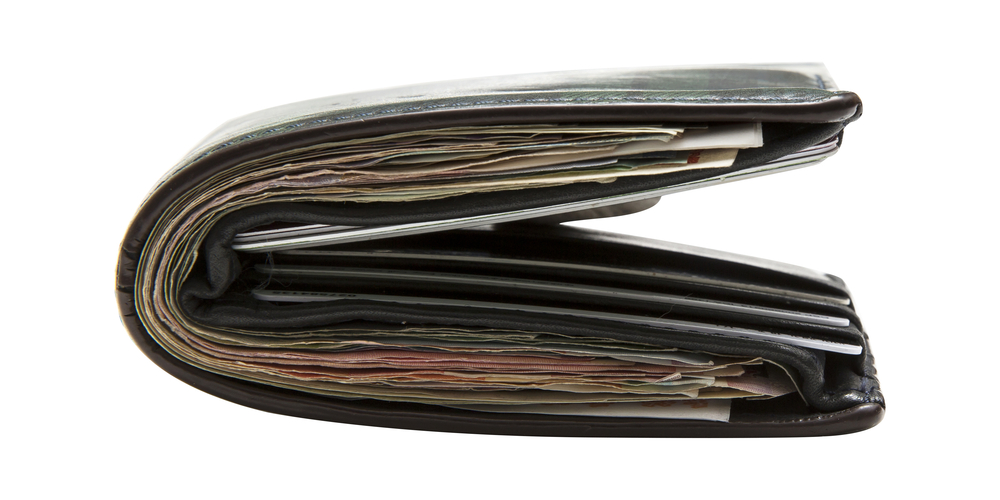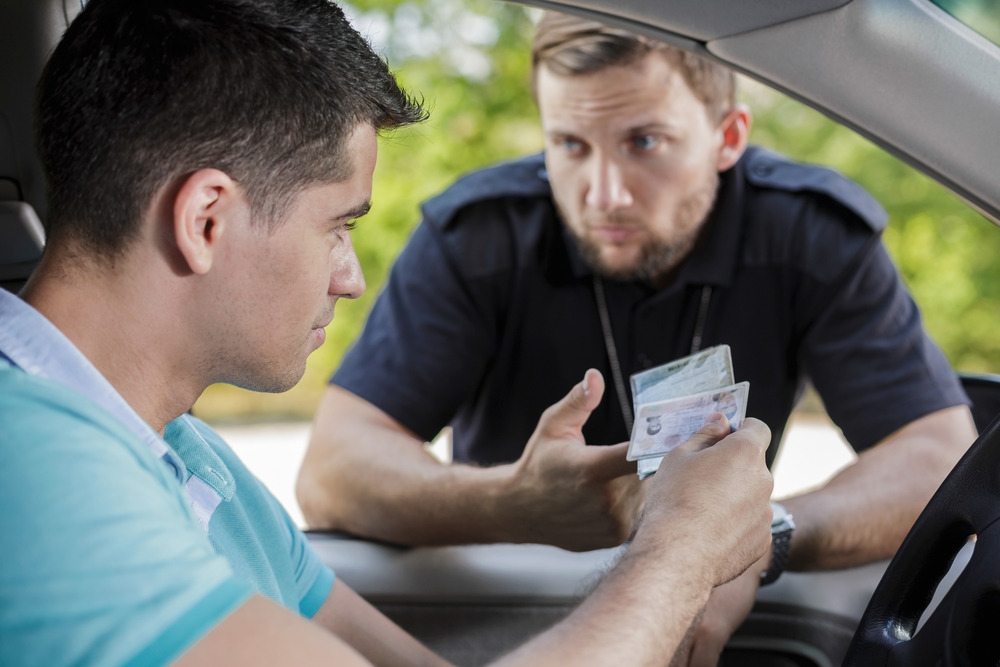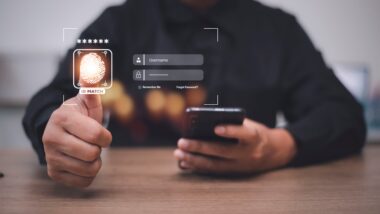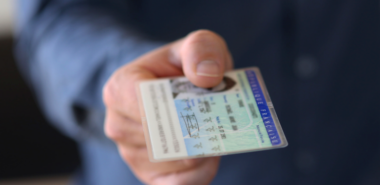
Famed French Impressionist Alfred Sisley once said, “I always start a painting with the sky,” grounding each work of art in vastness. In today’s technological landscape sweeping changes can happen faster than a brushstroke, and users are more eager than ever to think in a big way about the technologies they adopt.
When it comes to use cases for Digital Driver’s Licenses (DDL) and the possibilities for expanding beyond standard driver’s licenses on your smartphone, the sky really is the limit.
We’ve imagined what that future might look like.
Digital Identity Wallet
The characteristic features of a DDL, like convenience, security, privacy, and user-centricity, which make DDL so appealing and user-friendly, can be expanded and customized to include a larger group of credentials that make up a user’s digital identity.
Download our infographic of DDL essentials and FAQs.
This digital identity wallet, which could someday grow to include things like hunting, fishing, and firearms licenses, passports, and health insurance cards, will empower future users to store all digital identification documents in one secure spot on their smartphones. That means all identity credentials at your fingertips.
What’s more, with a digital identity wallet, the software allows you to only share the information relevant to a specific transaction, keeping your personal information protected.
Coupled with the increase in mobile payment usage, a digital identity wallet increases the likelihood of ditching traditional wallets all-together. You would just be able to rely on your smartphone when signing in at the doctor’s office, or renewing a fishing or hunting license.
In a classic episode of the sitcom Seinfeld, the character George Costanza does a bit with his wallet in which he refers to the overstuffed appendage as, “…an organizer, a secretary, and an old friend.” With DDL technology there’s no limit to how organized, secure, and friendly your digital wallet can be, without the back-tweaking side effects George suffered.

Digital Identification for Business
A major benefit of establishing DDL technology as a credential-sharing standard is the ability for users to digitally verify themselves with the businesses they interact with – in both face-to-face and online transactions.
Whether it’s renting an apartment, applying for a credit card or mortgage, or opening a bank account, there are ample opportunities in today’s smartphone-driven world for DDL technology to flourish.
Imagine the convenience and security of choosing only the relevant information to share when renting a car or checking into a hotel.
Many tech-savvy mobile users are already accustomed to accessing financial information securely from their mobile phones through mobile banking. For them, digital verification for things like mortgage and credit card applications is the next step in streamlining those financial transactions, while ensuring their identity is secure and protected from would-be fraudsters.
DDL is a practical and convenient way to satisfy the increasing number of businesses that require some form identity verification.
eTicketing & Traffic Citations
Another area where adopting DDL technology is on the horizon is issuing and paying electronic traffic citations, or eTicketing.
While nobody likes getting pulled over, it is an inevitability for many of today’s commuters and recreational drivers, and the cost to law enforcement resources and drivers’ time is considerable.

By implementing DDL technology in the eTicketing process, accuracy and efficiency are improved upon for both the police officer and the driver.
Automation in accessing the driver’s record and in issuing the citation and follow-up instructions reduces redundancy and error when entering critical driver information. It also speeds up the citation process and reduces frustration.
Imagine a world where drivers would no longer have to surrender their plastic driver’s license, and the issuing officers would not have to manually enter driver data, which takes time. DDL technology is the perfect way to capture, transmit, and store traffic-stop data and driver records.
What Do You Think?
As technological developments take us sky-high, the possible applications of DDL are limitless. Digital Identity Wallets, digital verification in business transactions, and eTicketing are just some of the potential areas for DDL implementation. What future applications do you see for this technology?


